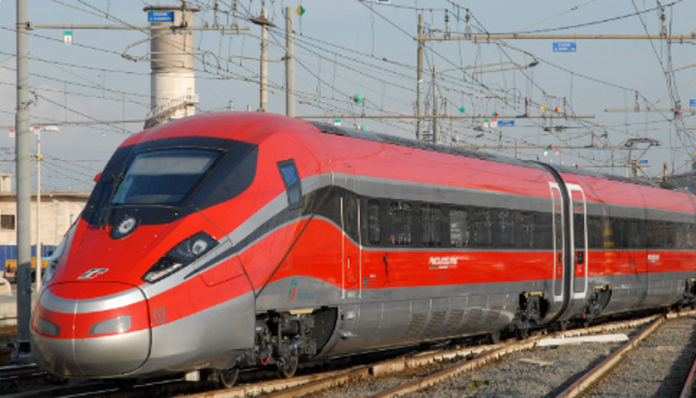by InTrieste
In a bid to enhance connectivity across Central Europe, a new cross-border passenger railway service is set to launch between Italy, Slovenia, and Croatia. This initiative, slated to commence in April, marks a significant milestone in the region’s transportation landscape, linking the Italian town of Villa Opicina to the Croatian port city of Rijeka via Divaca-Pivka in Slovenia.
The project, operating under the Interreg Central Europe Sustance program, aims to bolster transportation links in rural, peripheral, and cross-border areas. This ambitious endeavor holds historical significance, symbolizing the reconciliation among nations that were once divided in the aftermath of World War II.
The railway journey traverses two historic lines: the renowned Southern Railway, or Suedbahn, stretching from Vienna to Trieste, completed in 1857; and the Pivka-Rijeka line, dating back to the Habsburg era and inaugurated in 1873.
The passenger train service, designed to cater to commuters and tourists alike, will commence daily trips from Villa Opicina to Rijeka starting April 24th through September 30th, with the possibility of extension. Departing at 7:50 am, the train will reach Rijeka by 9:54 am, offering a return trip departing from Rijeka at 6:25 pm and arriving at Villa Opicina by 8:40 pm.
Tickets for the journey, available for purchase at stations or on the train where ticket offices are not present, are priced at 8 euros for a one-way trip, with a 50% discount on regular fares given the route’s significance. Additionally, passengers opting to transport bicycles will incur a fee of 5 euros, while children aged 6 to 12 can avail tickets at 4 euros, with complimentary travel for those under 6 years old.
The collaborative effort behind this venture involves the Executive Secretariat of the Central European Initiative, serving as the lead partner, along with the Slovenian Railways and the Croatian Railways. Slovenian Railways will provide the modern Stadler train for the journey, operated by personnel from both companies on their respective sections.
As anticipation builds for the inaugural voyage, this cross-border railway promises not only improved connectivity but also fosters cultural and historical exchanges, underscoring the importance of regional cooperation in shaping the future of transportation networks in Central Europe.





























